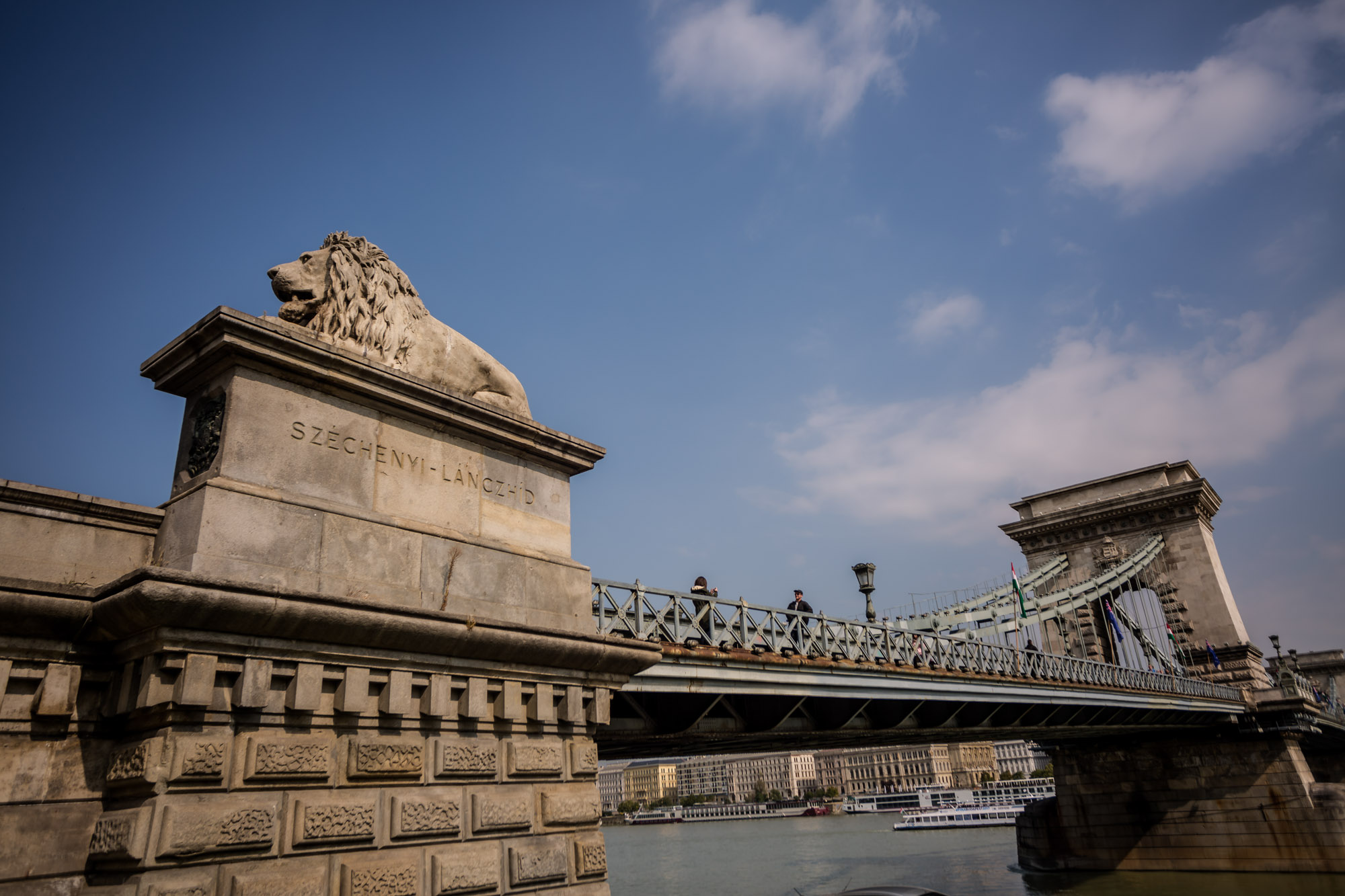Currently teaching Hungary’s next generation of senior tourism managers at Budapest’s International Business School, UK expert Alan Godsave has been Regional Director of the World Travel & Tourism Council and worked here in collaboration with AmEx and the EU. Based in Budapest for the last three decades, Alan is well placed to understand the challenges facing the local tourism industry as it emerges from the pandemic.
When Alan Godsave first came to Hungary, bringing a wealth of experience with him, many mid- and senior managers of tourism enterprises here were foreigners. Now, 30 years on, his Hungarian alumni are making an impact on the industry in senior positions around Hungary and way beyond, across Europe, the USA and South-East Asia.
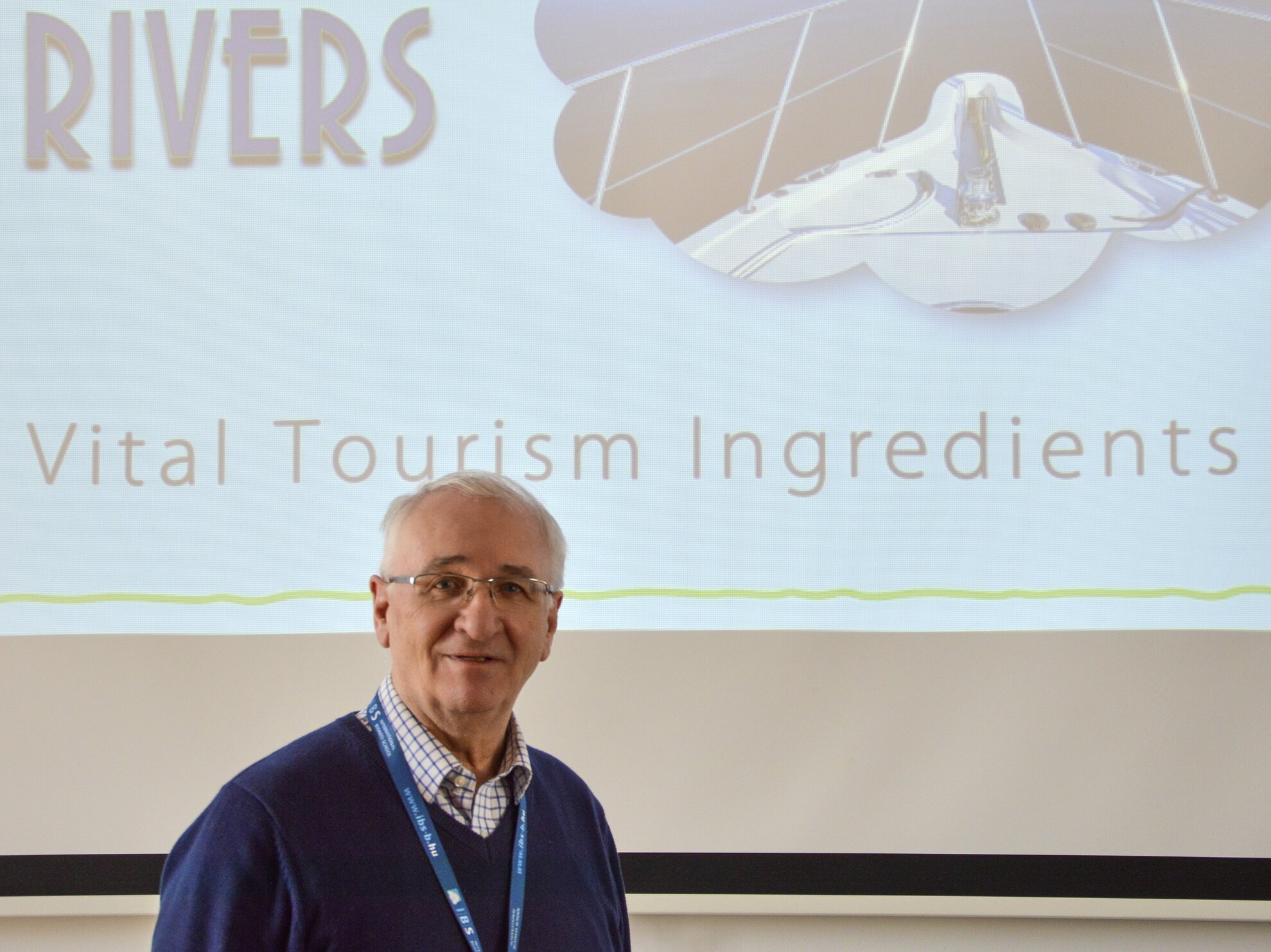
“I tried to make local students see the tourist experience through the eyes of the visitor,” begins Alan, who can look back with satisfaction on his contribution to transforming a local industry from the inside. “At that time, tourist management here meant finding and training waiters and front-line staff.”
In this back-to-basics approach back then, Alan underlined the importance of what he calls the Four A’s: Attractions, Access, Accommodation and Attitude. As Budapest has plenty of attractions, an excellent transport system and a good hotel stock, the last element was the one he devoted most attention to.

As English-speaking Hungarians became trained in the ways of tourism management, so their capital became more adept at catering to the needs of the modern-day visitor.
Budapest has gone from an exotic backwater beyond Vienna to a booming destination in its own right, with a record ten million visitors in the year before the pandemic, 2019. At the time, a significant number of them were here to party.

Direction of travel
“Tourism is not about increasing tourist numbers as it was before. Now it is about matching the type of tourists to the facilities we have in place. Or better still, decide which kind of tourists we want and then ensure that we cater specifically for them. If that means some adjustments to budget airline traffic and Airbnb volumes, then it’s a price worth paying to protect the city and its assets.”
Alan feels that by letting national airline Malév fold in 2012, Hungary left the field wide open to low-cost carriers, which then led to a flood of visitors on modest budgets more likely to spend their money in the party quarter than on the city’s many cultural attractions. Elsewhere in Europe, destinations such as Barcelona, Venice and Amsterdam began to put in place measures to control tourist numbers.
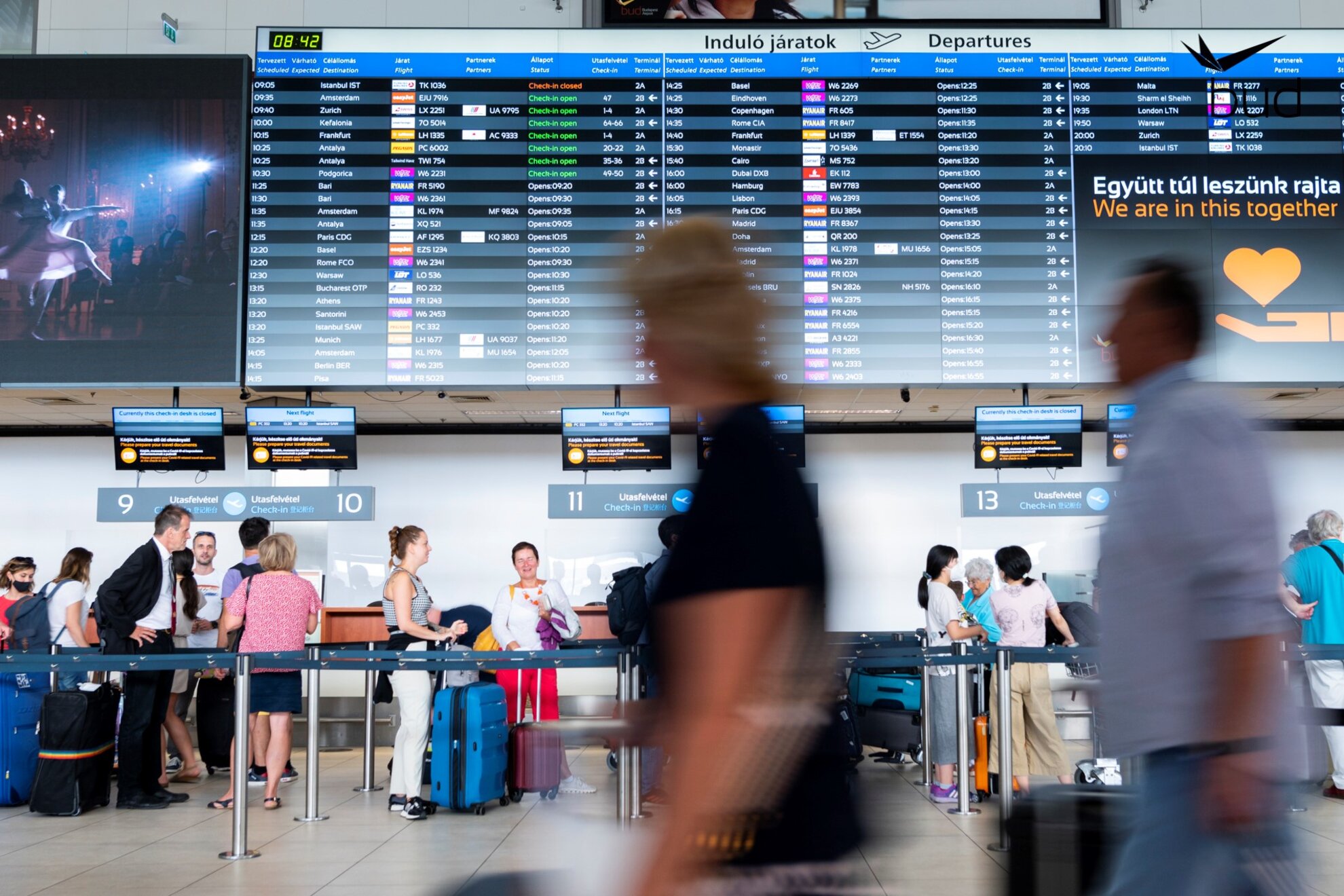
“While there are understandable concerns about overcrowding and tourist behaviour in some districts of Budapest, a good job has been done in renovating other areas to provide a wide palette of well-presented and attractive locations across the city. This is a solution that many global destinations could learn from.”
As Alan puts it, “The problem globally is not overtourism, it is under-planning”.

For almost exactly two years now, tourism has been put on hold. Now visitors are coming back, and early summer will see the return of long-haul flights from New York and Toronto. Meanwhile, Low-cost Ryanair have just announced a major new investment in Budapest, with eight new routes, in direct competition with their Hungarian budget counterpart.
Watershed for Hungarian tourism
“Now we’re a watershed, when we can decide how we want to manage tourism, and how we should direct it.”
One problem lies in the lack of quality information out there in English – or in other major languages. “I once saw a brochure from a regional tourist board here in Hungary that said: ‘Our hostile population is waiting for you!’ and provided a list of ‘hostile places’”.

It’s not only the reliance everywhere on Hunglish, the clunky offspring of Hungarian and non-native English – a problem that could be solved so easily at relatively modest expense – but Alan feels that the methods of delivering the message could and should be upgraded.
“We need to get more tech-savvy about how we do things,” says Alan, suggesting apps providing entertaining background information on key attractions as the user approaches them in person. Explaining the statues on Heroes’ Square would be one example. Again, text and dialogue must be in native English and other major world languages.
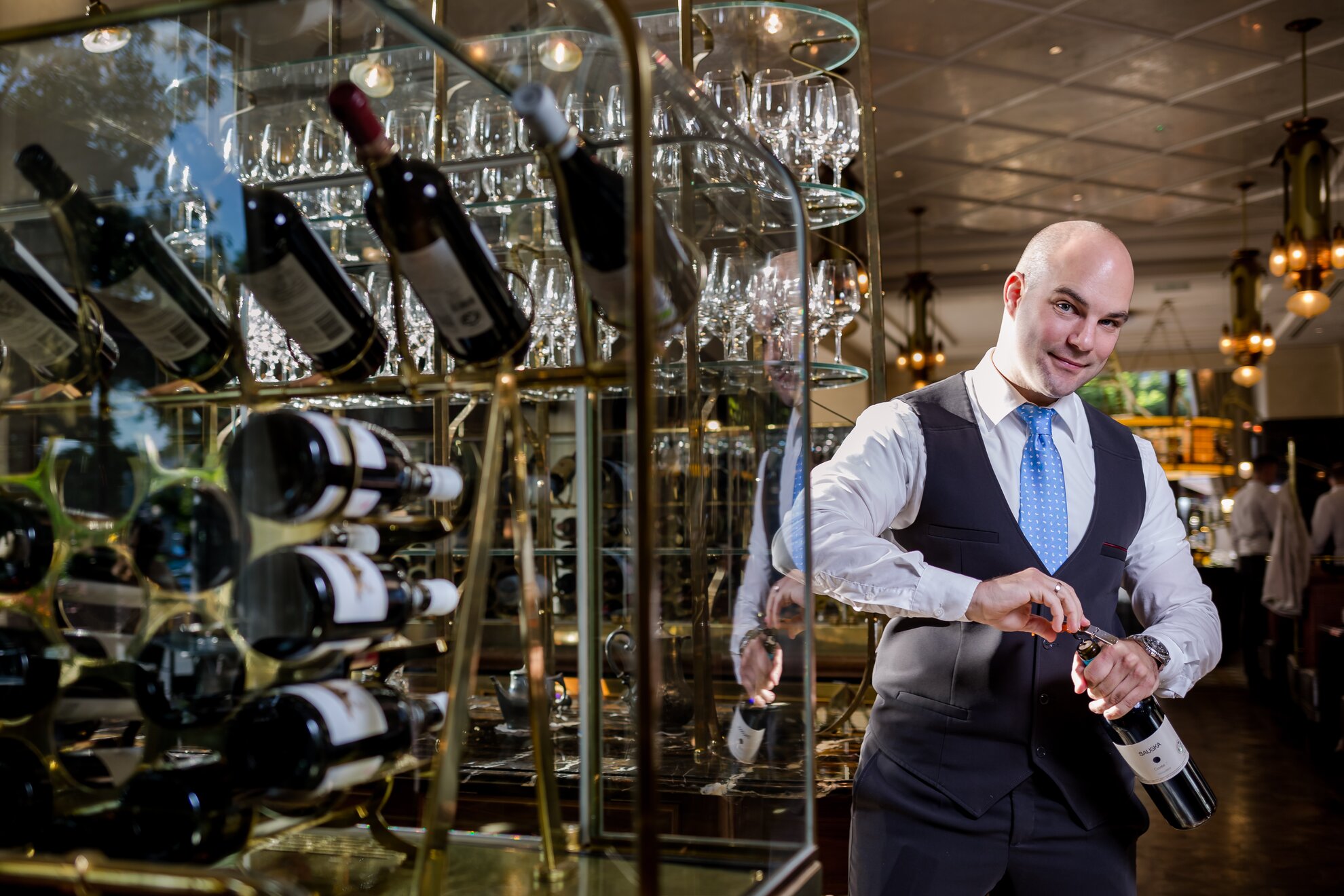
The target audience is another area for consideration. “I think the National Tourist Development Strategy 2030 for Hungary has it right,” says Alan. “It focuses on experiences, developing new attractions and using tourism to promote a positive national image.”
Another uncharted area is domestic tourism, and not just Hungarians. No-one is quite sure just how many living in Budapest, both Hungarians and foreign expats, are drawn to weekends away, city breaks or short holidays in the provinces.
Measure and manage
“If you can’t measure it, you cannot manage it. If you are ignoring the potential demand from locals and you haven’t built that number into the equation, you are going to end up in overcrowding and underprovision of facilities.”
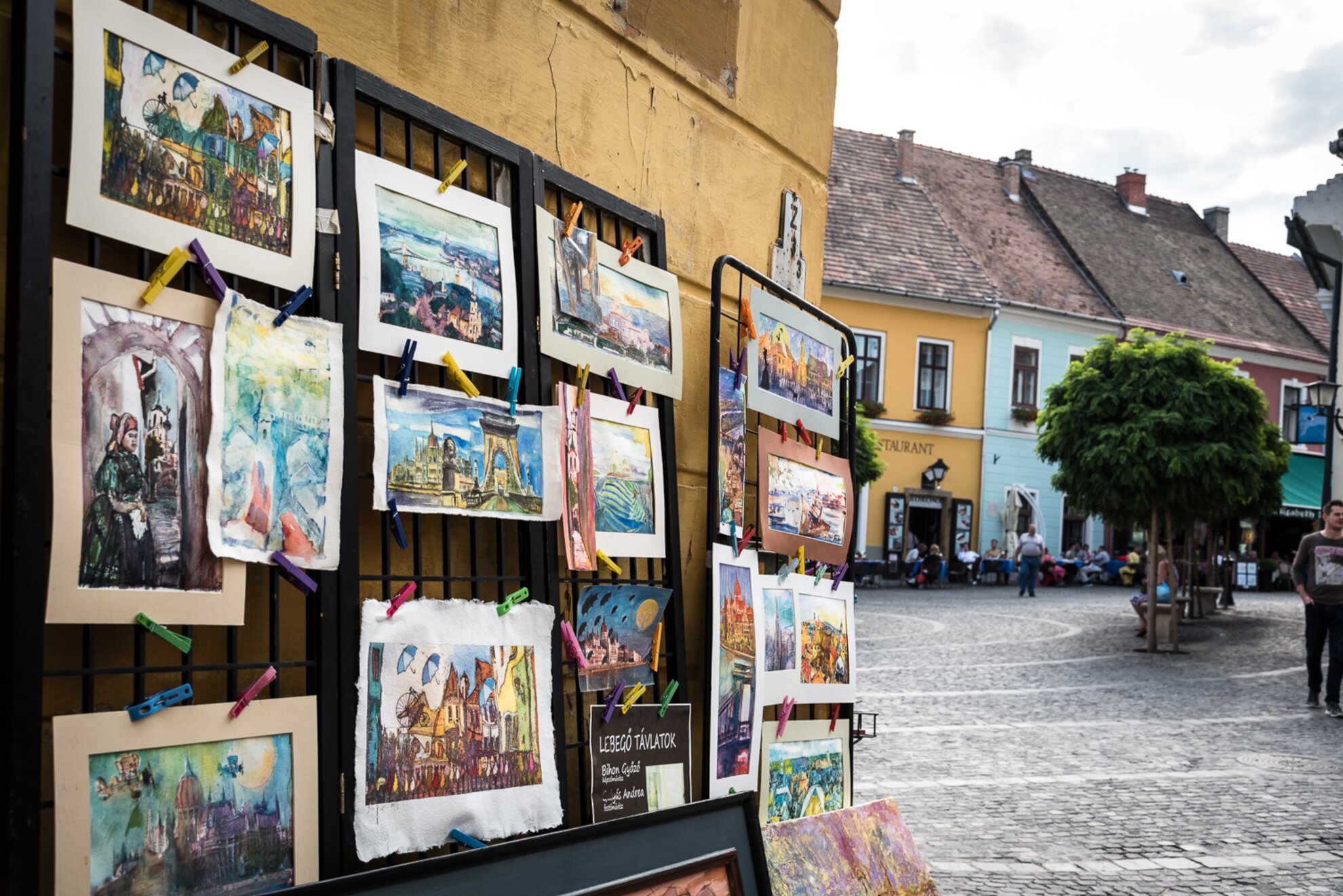
Quite often, these Hungary-based travellers are willing to travel out of season, and are key to the survival of the industry in the down season. Balaton is one very good example where it’s only fairly recently that hoteliers and restaurateurs have started putting together packages and events to attract people during winter.
Alan is also keen to point out the concept of bleisure as a pointer to the future, where the business traveller factors leisure time into his or her visit – although the Zoom revolution experienced during the pandemic may have curtailed business traffic for a while, employees encouraged to meet with their foreign counterparts via a screen rather than fly in and stay over.
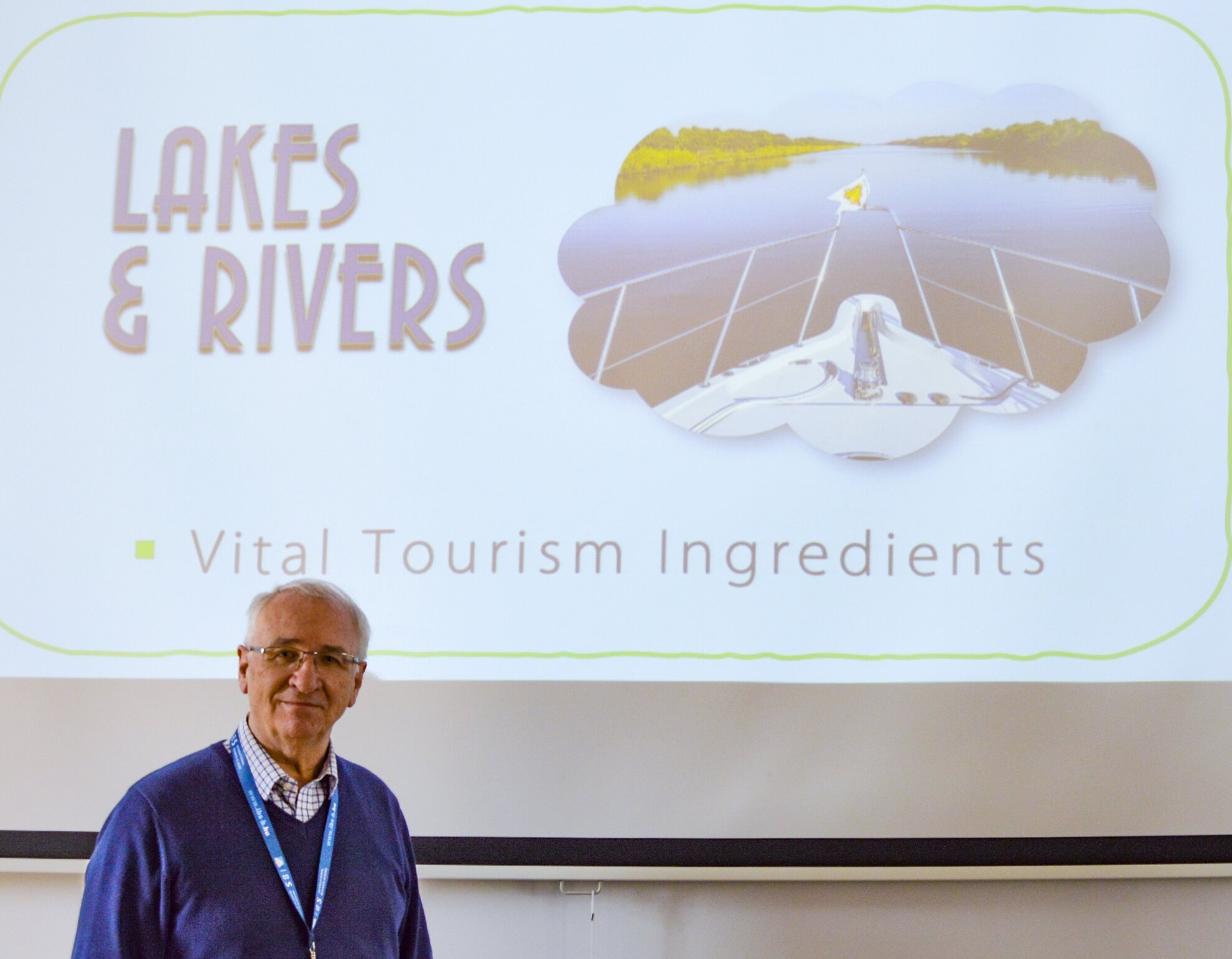
The serious effect of the pandemic on tourism may lead many young people to think that this is now a career path to be avoided. Having successfully guided so many Hungarian students over the last 30 years, Alan sees the situation in a far more positive light:
“Sadly, the numbers have fallen, due largely to the misconception that there are no jobs in tourism due to Covid. Of course, there were mass lay-offs, but the industry is recovering very quickly so now there’s a great opportunity to build a career”.
